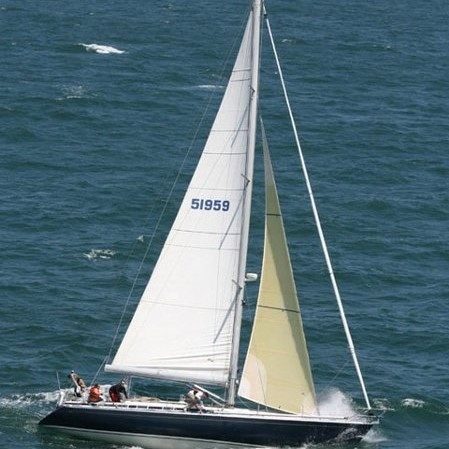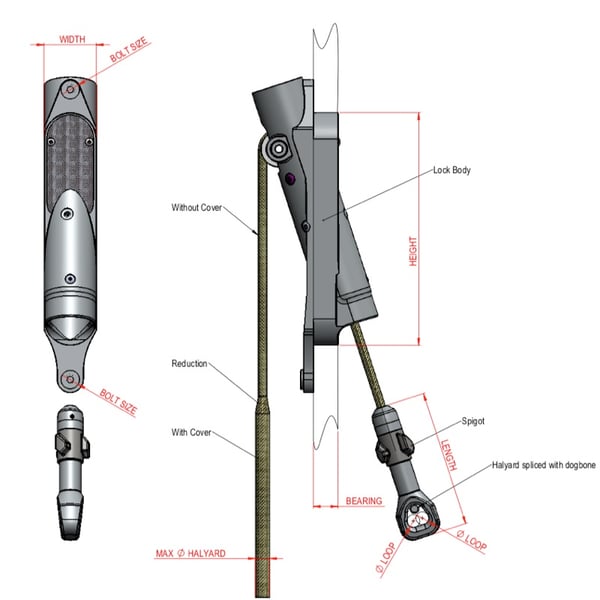.jpg?width=600&name=XCS%20Onboard%20(1).jpg)
In recent years, improvements in design have seen a rope clutch move from a cumbersome piece of kit to a powerful addition to a boat. Used on both racing and cruising sailboats, a rope clutch allows high load lines – such as halyards for the main sail, jib or spinnaker - to be controlled without the use of a winch. Other examples of high load lines include those that require cleating, such as tack lines and furling lines.


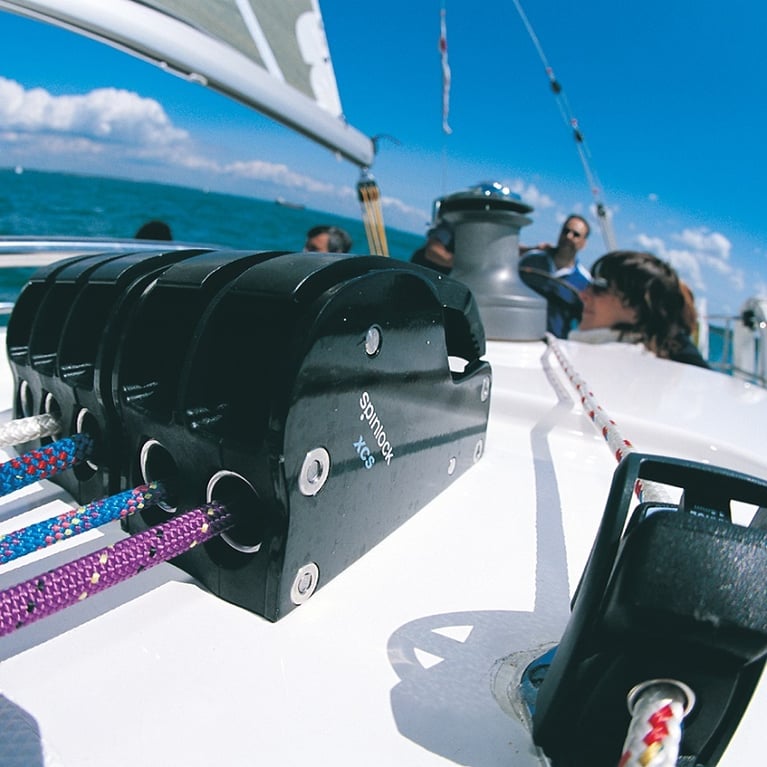

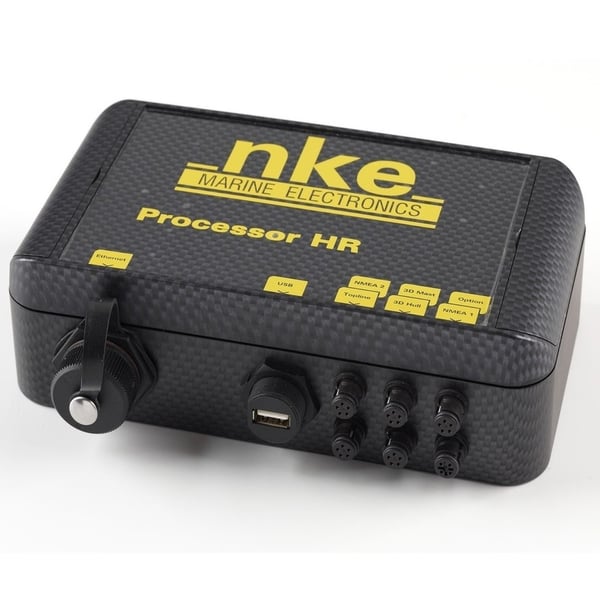

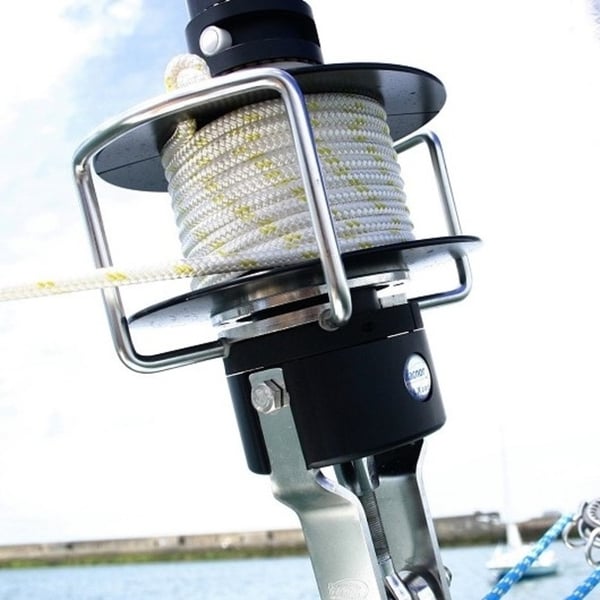
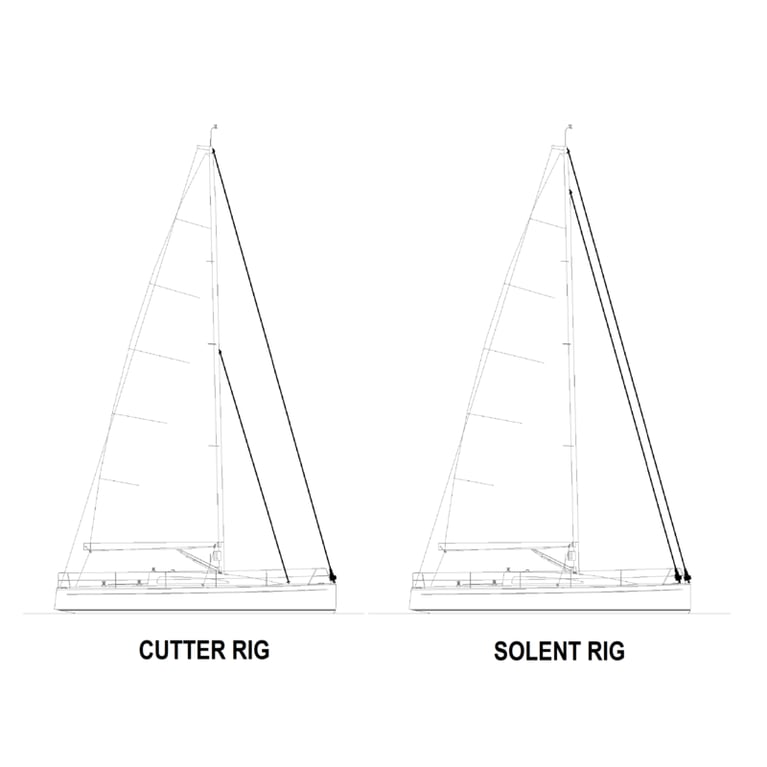
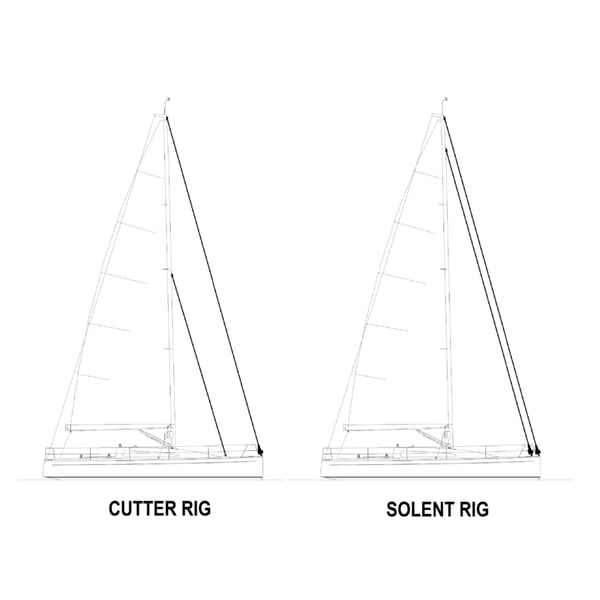 In a
In a 